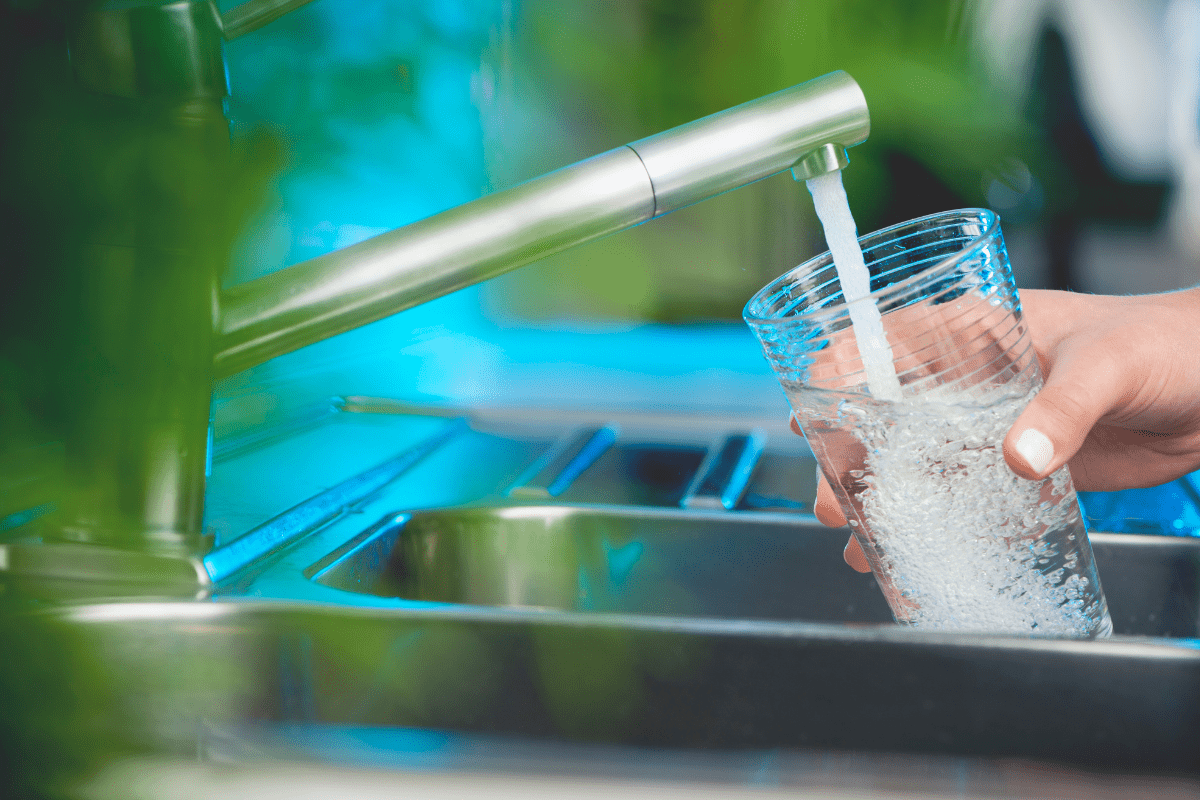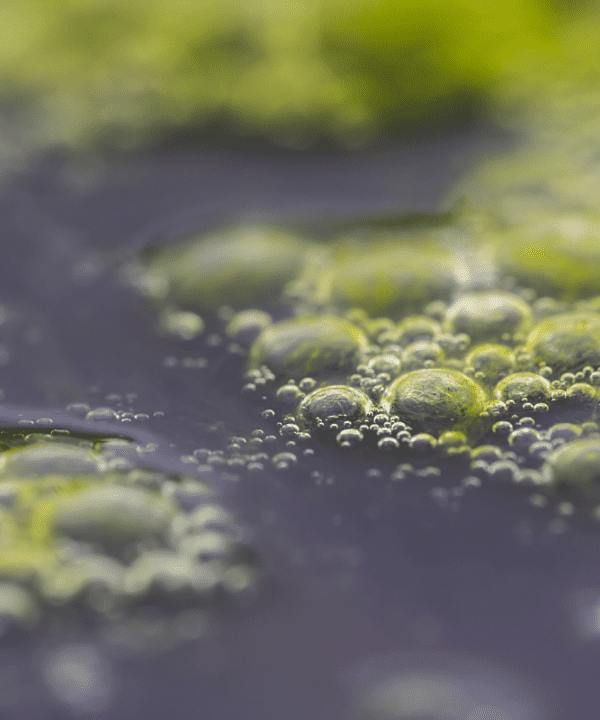
PROJECT DETAILS
- Project No 1144
- Project Name Smart removal of bromides for minimising brominated disinfection by-products in drinking water
- Lead Organisation South East Water
- Research Lead Griffith University
- Main Researcher Qin Li
Project Description
Source waters contain a class of chemical compounds collectively known as ‘bromides’. Standard water treatment includes chlorination; a process designed to kill harmful microorganisms in source and recycled waters. The problem is that chlorination agents react chemically with bromides to form ‘brominated Disinfection ByProducts’. These bDPBs can contribute to the development of cancer and this led the Australian Drinking Water Guidelines to recommend very low concentrations of bromides in source waters, less than 0.1 parts per million (0.1mg/L). At this level, if any bDBPs subsequently formed during chlorination, their occurrence will be too low to pose a public health risk. Some Australian source waters have higher bromide concentrations, but existing removal methods are expensive and/or do not work very well. The scientists in this team have already synthesised a new bismuth substance (see image) that removed 86% of an experimental bromide from artificial groundwater.
This project will aim to combine the modified bismuth with alum, which is currently used to treat water. If researchers succeed in creating a composite that incorporates bromide removal into existing tried-and-tested water treatment processes they will deliver a cost-effective improvement to water quality and safety. However, it will require clever and careful chemical design to create the new bismuth-alum composite, and to run experiments that will test its ability to remove bromides from source waters. As if that isn’t challenging enough, they also propose to develop a software programme that will predict bDBP formation. If they are able to eventually build a validated model it will be an extremely useful addition to the suite of tools currently used to produce safe, high-quality drinking water.





